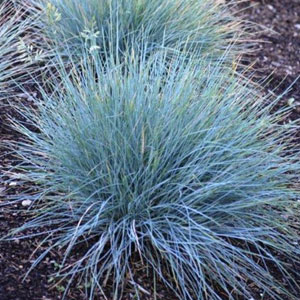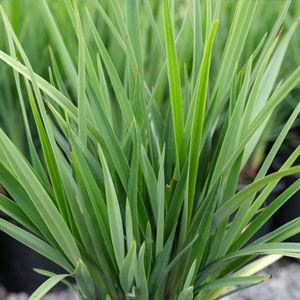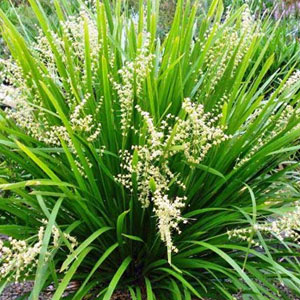Creating the Perfect Water-Saving Garden in Australia: A Guide to Plant Species and Design
Australia's unique climate, characterized by its arid regions and variable rainfall patterns, often presents challenges when it comes to maintaining lush gardens while conserving water. With water scarcity being a growing concern, creating a water-saving garden has become essential. By choosing the right plant species, employing efficient irrigation techniques, and employing smart design principles, you can craft a beautiful and sustainable garden that thrives in Australia's conditions.
1. Understanding Australia's Climate
Before designing your water-saving garden, it's crucial to understand the climate of your specific region in Australia. Australia experiences a wide range of climatic conditions, from tropical in the north to temperate in the south, and arid in the central regions. Each region has different levels of rainfall, temperature, and humidity. Consider consulting climate zone maps to determine the specific conditions of your area.
2. Selecting Water-Wise Plants
Choosing the right plant species is the cornerstone of a water-saving garden. Opt for native plants that have adapted to Australia's climate over thousands of years. Native plants are better equipped to thrive in local conditions and often require less water and maintenance compared to exotic species. Here are some popular water-wise native plant species for different regions:
a. Mediterranean and Temperate Climates:
Kangaroo Paw (Anigozanthos spp.): With their unique flowering structures, kangaroo paws add vibrant colors to the garden while being drought-tolerant. Grevillea (Grevillea spp.): These plants produce striking flowers and attract native birds while being well-suited to low-water conditions. Lomandra (Lomandra spp.): These grass-like plants are hardy, low-maintenance, and come in various sizes, making them versatile for different garden designs.
b. Arid and Desert Climates:
Desert Rose (Adenium obesum): This succulent plant features beautiful blooms and thrives in hot, dry conditions. Spinifex (Triodia spp.): A tough and resilient grass that's perfect for arid landscapes, providing a natural, low-maintenance look. Eremophila (Eremophila spp.): These drought-resistant shrubs come in a range of colors and sizes, offering both aesthetic value and practicality.
c. Tropical and Subtropical Climates:
Frangipani (Plumeria spp.): Known for their fragrant flowers, frangipanis are well-suited to tropical climates and require minimal watering once established. Cordyline (Cordyline spp.): These plants come in various colors and add a tropical touch to the garden, requiring moderate water. Foxtail Palm (Wodyetia bifurcata): A drought-tolerant palm tree that can bring a touch of the tropics to your garden.



3. Efficient Irrigation Techniques
Efficient irrigation is essential for water-saving gardens. While Australia is known for its dry climate, periods of heavy rainfall can also occur. Here are some irrigation techniques to consider:
a. Drip Irrigation: This method delivers water directly to the base of plants, minimizing water wastage due to evaporation or runoff.
b. Mulching: Applying a layer of organic mulch around plants helps retain soil moisture, reduce weed growth, and regulate soil temperature.
c. Rainwater Harvesting: Install rainwater tanks to collect rainwater from rooftops. This collected water can be used for garden irrigation during dry spells.
d. Soil Preparation: Improve the water-holding capacity of your soil by adding organic matter. Well-structured soil retains water more effectively.
4. Smart Garden Design
Designing your garden with water conservation in mind can make a significant difference. Consider these design principles:
a. Group Plants by Water Needs: Divide your garden into zones based on water requirements. This ensures that plants with similar water needs are grouped together, allowing for more efficient irrigation.
b. Use Hardscaping Wisely: Incorporate hardscape elements like pathways, rock features, and decorative gravel. These elements reduce the area that needs watering while adding texture and visual interest.
c. Create Shade and Windbreaks: Plant taller shrubs or trees strategically to provide shade for more delicate plants. Windbreaks help reduce water loss through evaporation.
d. Minimize Lawn Area: Lawns require substantial water to maintain their lushness. Minimize the lawn area and replace it with water-wise plants or hardscaping.
e. Choose Perennials: Opt for perennial plants that come back year after year. They establish deeper root systems, making them more resilient during droughts.
5. Regular Maintenance and Monitoring
Even in water-saving gardens, maintenance is essential. Regularly inspect your garden for signs of stress or pests, and adjust your irrigation accordingly. Prune plants as needed to promote healthy growth and water efficiency. Additionally, monitor your garden's water usage and adjust your practices over time based on rainfall patterns and plant needs.
6. Education and Community Involvement
Creating a water-saving garden isn't just about your individual effort; it's also about contributing to the community's water conservation. Share your knowledge and experiences with neighbors, friends, and local gardening groups. By raising awareness and promoting sustainable gardening practices, you can inspire others to create their own water-saving gardens.
Designing the perfect water-saving garden in Australia requires a combination of thoughtful plant selection, efficient irrigation techniques, smart design, and ongoing maintenance. By choosing native plants that thrive in your region's specific climate, implementing water-efficient irrigation methods, and following sustainable design principles, you can create a garden that not only conserves water but also adds beauty and value to your surroundings. Remember that a water-saving garden is an investment in Australia's future and a contribution to the larger goal of water sustainability.
Click here for information on Rain Gardens
